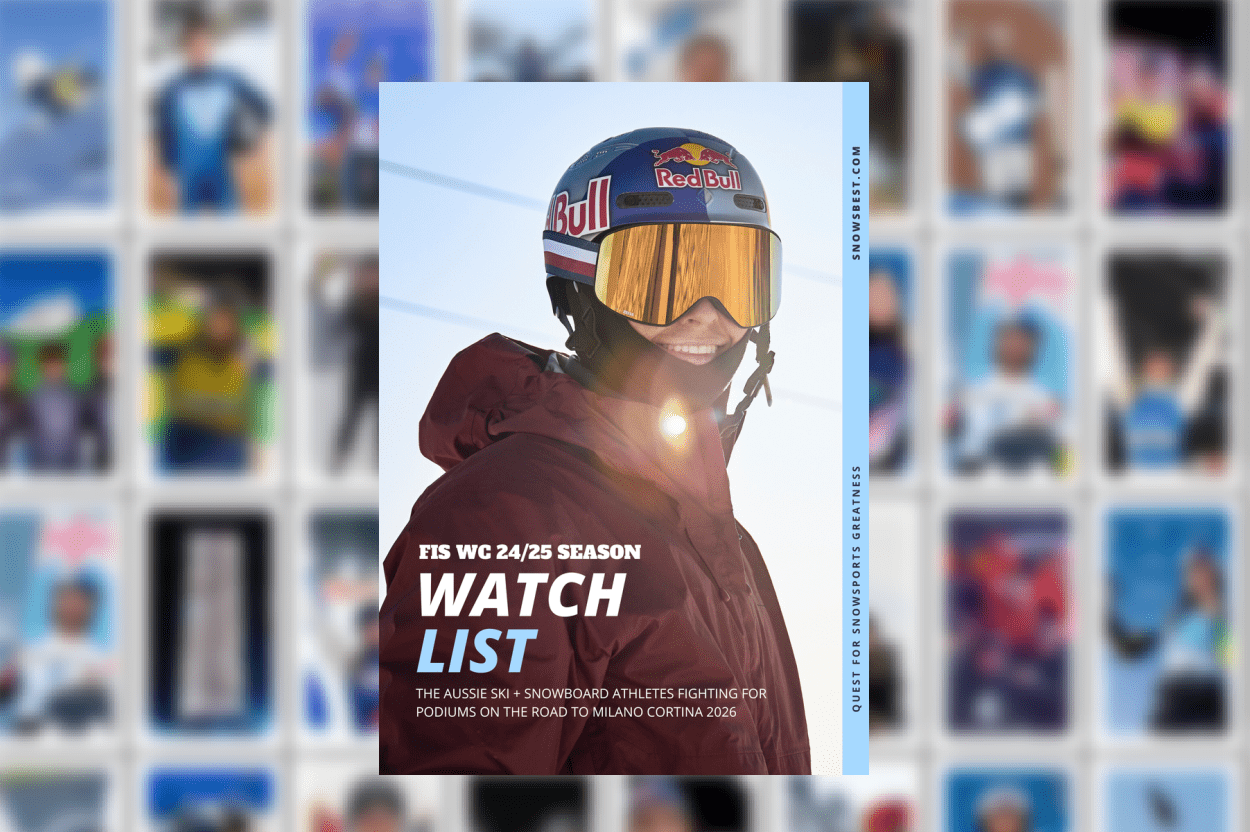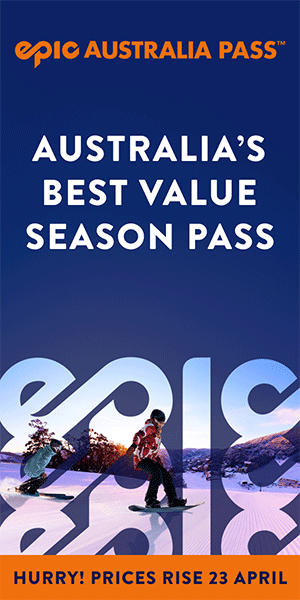Summer’s around the corner, and by now, we’ve probably all said goodbye to any international snow holiday travel dreams and hello to a season exploring our own backyards.
So what better time to pick up a new sport? Preferably one that’s relatively aligned to skiing and snowboarding adventures, so you don’t have step too far away from your dreams.
Enter: stand-up paddle boarding. It features equipment that is a bit awkward to carry; it gets you out into nature; and you might feel unstable on your feet for awhile before you get the hang of it, so those factors combined might throw you right back to being on the slopes.
It’s also the perfect way to spend a warm day on the water, it’s an incredible core workout (great preparation for when you do get back on the slopes) and it makes for a fab Instagram photo, especially if you’ve got a dog to ride along. It’s easier than it looks, especially if you have a nice, big board to learn on; and although it seems like a relatively new sport, it actually has its roots in ancient Hawaiian culture.
Here are our top tips for kicking off your first SUP-ing adventure.
Choose your adventure
If you have grand visions of tearing up pipeline in Hawaii on a stand-up paddle board one day, or becoming the Australian stand-up paddle champion (yes, there are championships), that can absolutely be in your future; it’s just best to start easy so you don’t end up accidentally drifting to New Zealand.
This means choosing the best possible weather conditions. Minimal wind is the key, as your body standing on the board will act almost as a sail and push you swiftly along with any current, making it challenging to get back in another direction. It’s also good to kick off in a lake or canal with no waves, just until you get (quite literally) on your feet.

Once you get the knack you can trial open water, surf waves, mountain lakes, rivers and more. You can even do it year round, so long as you wear the right gear.
Try before you buy
The best option is to rent a paddle board at your location of choice, which will result in you getting the perfect one for your height, weight and level of expertise. Beginner boards will be bigger, wider and offer plenty of stability to get you paddling with confidence. This is better than a touring SUP, which is designed for advanced riders to go further, faster.
A huge bonus is that most rental places are also located relatively close to the water, saving you the battle involved with getting your stand-up paddle board off the car and lugging it all the way to your launching point. The boards aren’t always heavy, but they can be awkward, and the less walking that has to be done at first – the better. You can save your strength for the paddling.
Paddle boards don’t come cheap; this is because they have to be big and yet manoeuvrable and strong. You’re looking at a starting price of about $300 for an entry level inflatable, though these can easily go up to $1000 plus. They do, however come with pump, paddle and backpack. If you want a timber or fibreglass board then expect to spend more.

Inflatable boards are super light to carry, take about 10 minutes to pump up, can be tied to the roof of your car or deflated and kept in the board backpack. If you have some cash then the iRocker All Rounder or the Cruiser is a good all purpose board for beginners to intermediates with solid width for stability in calm waters.

Red Paddle Co also make a RIDE board that is perfect for first timers with twin fins and a flat bungee cargo system so you can keep your gear with you.
Get up, stand up
If you can, opt for a lesson; they’ll not only get you standing, but by the time you’re comfortable, they might even push you onto a little wave or two.
Be sure that your leash is on and that your board is floating in shallow water. Get a pal to hold your paddle and climb onto the centre of the board, aligning your knees with the handle; then, when you feel stable, you can put your hands on the board and make your way to your feet, grabbing your paddle along the way.
Keep your legs about hip-width distance apart, your knees slightly bent and your back straight. Switch your abs on and paddle from the core while keeping your eyes on the horizon – it’ll keep you stable while also conserving the energy of your arms.
The stroke itself is tricky to explain, so here’s a video to give you an idea of what to do.
Don’t be afraid to fall, or… just not stand up
The best thing about being in the water is that it won’t hurt so much when you fall, although it is best to attempt to fall as far from the board as possible to avoid possibly hitting your head. Don’t worry, you won’t lose the board – that’s what your leash is for!
Just because it’s called stand-up paddleboarding doesn’t mean you have to be standing. In fact, if you spend enough time on the lakes, you’ll see a whole lot of people using their boards for sunbaking or just floating around. They make for an excellent, casual kayak if you’re just sitting on the board; and if you’re really getting knocked around by the wind or current, you can always lie down and paddle with your arms like on a traditional surfboard.
Don’t forget

Sunscreen and a rashie. SUP’ing isn’t as tiring as regular surfing, and it’s a lot of fun to drift around and enjoy the sunshine, so you may be out there for hours, even until sunset.
Enjoy the fun of the new discovery and the workout it brings – your core muscles will thank you next time you’re back on the slopes.
Please help SnowsBest survive 2020 and remain your independent source of snow and adventure news with a “Covid contribution“, from as little as $1, so we can continue to deliver the news and content you value in a year when we need each other most. Contribute here.






































